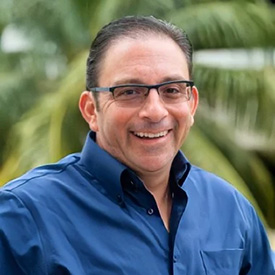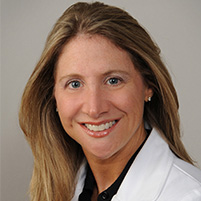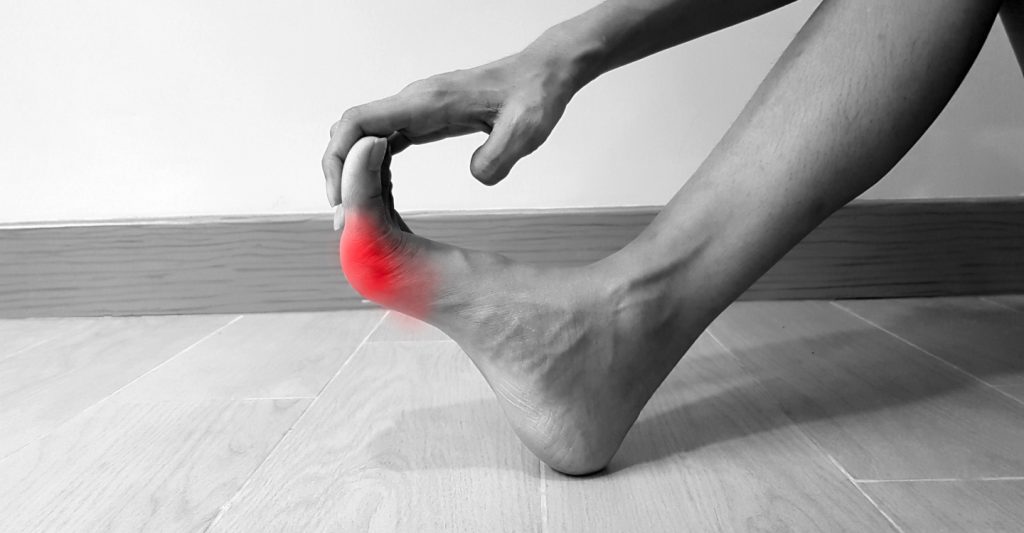Heel spurs most commonly result when calcium deposits on the back of the foot where the heel is. They may also be the result of small fragments of bone breaking off of one section of the foot and attaching to the back of the foot. Heel spurs can also be bone growth on the back of the foot. When this is the case, the bone growth tends to grow in the direction of the arch of the foot.
Heel spurs are most commonly diagnosed in older individuals. Younger individuals also suffer from heel spurs, but the pain associated with the condition usually intensifies in aging. Heel spurs have the tendency to inflict a great deal of pain. The heel spur itself, however, is not always the cause of the pain. Heel spurs are often associated with plantar fasciitis.
The pain that is associated with heel spurs can be traced to the placing of weight on the feet. As the individual stands or walks, their weight is placed on the feet, causing the heel spur to press on and poke the other bones and tissues in the feet. This may result in severe pain. As the condition continues to persist the tissues in the feet will become tender and overly sensitive.
If you or someone you know is suffering from heel spurs and their related pain, there are a number of treatments to look to. These treatments range from medicines, surgery, and herbal treatments. One of the simplest ways to ease the pain and discomfort of heel pain is to use special foot supports, called custom molded orthotics These insoles are placed directly in the individual’s shoes. They relieve the pain and tension that is placed on the foot by offering a soft gel pad for the weight to be evenly distributed without causing pain.
There are also a number of exercises that some believe may relieve or actually reverse heel spur growth and stop the pain. One exercise has the ball of the foot against the wall while balance is maintained on the heel of the foot. The individual then shifts their weight towards the wall, causing a rubbing of the heel spur. Other exercises and stretches may also be performed that can help loosen and relax muscles and tendons in the feet, relieving pain. Applying ice packs and taking anti-inflammatory medication may also help. Night splints may be worn while sleeping to keep the foot stretched out, which may make the foot less painful in the morning.



